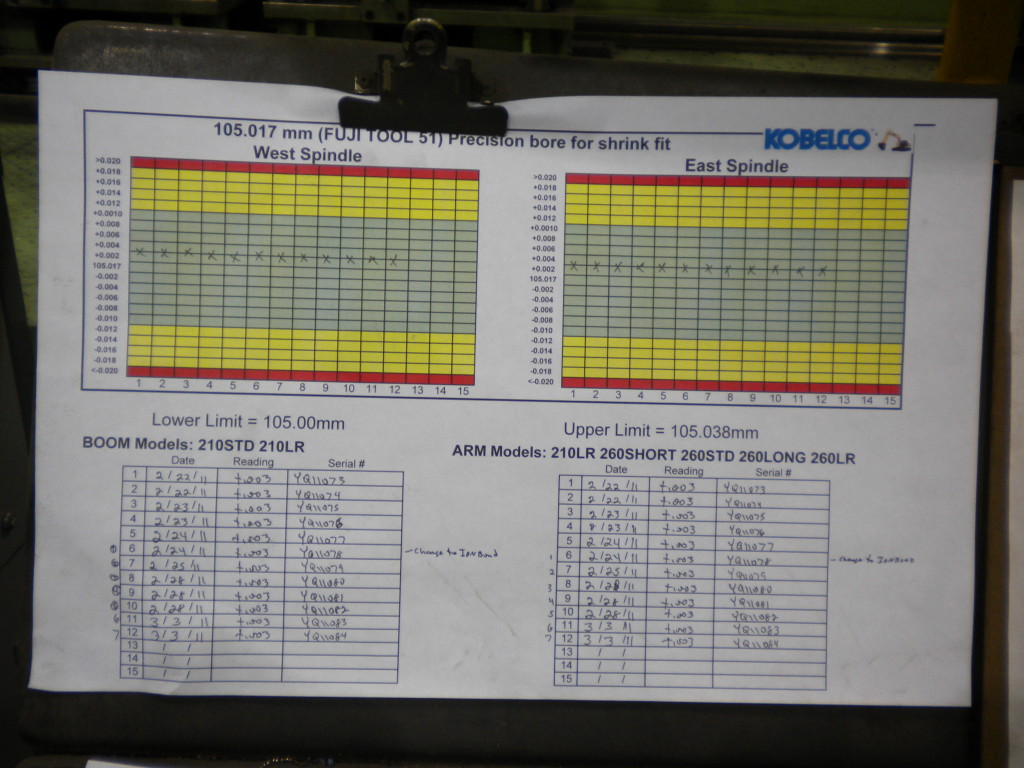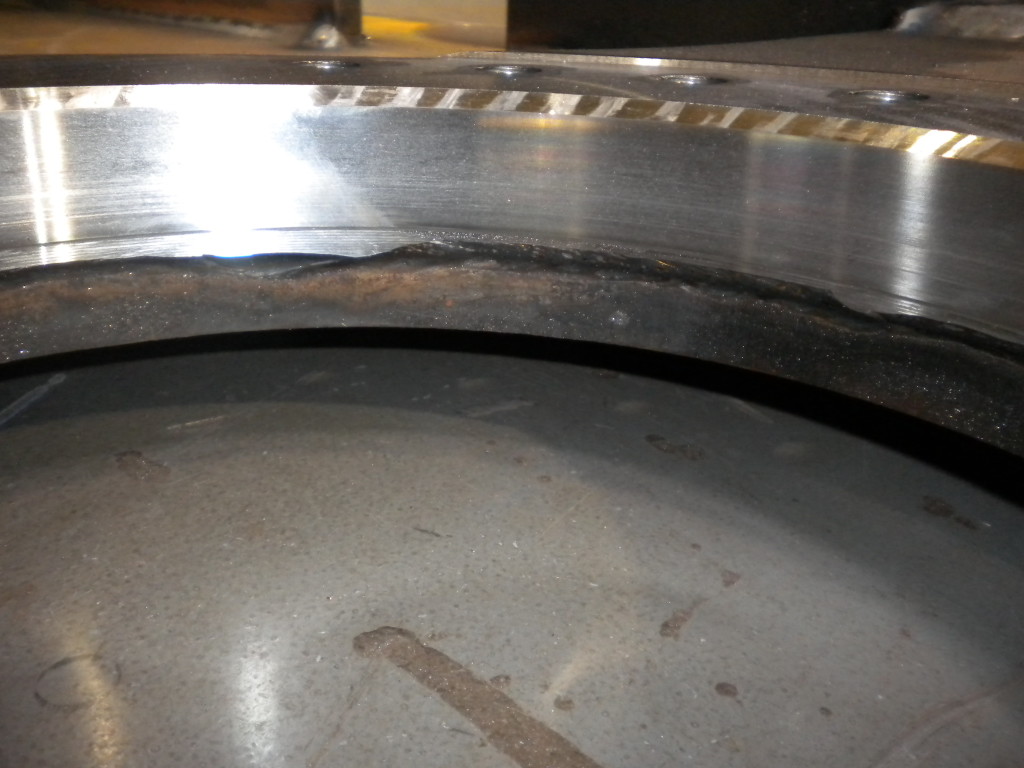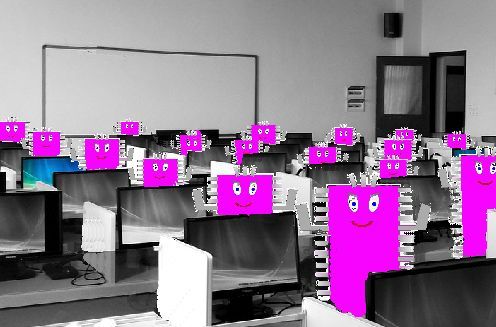Monthly Archives: September 2015
User Invisible
The best companies know their customer so well that they are able to provide their offering almost invisibly. This is refreshing in an era where we are bombarded at every turn by another ad message seeking our attention. There are a couple of so called recruiting firms that spam my e-mail daily, to the point where I will have nothing to do with them — ever. If they show that level of insensitivity to the candidates whom they believe should buy their service, I can imagine how they appear to the companies who are hiring.
Texting is a good example of user invisible. The using public is very comfortable with text messaging because it has been around for a long time. In 1933 RCA Communications, introduced the first “telex” service between New York and Europe. My dad’s best friend, a NASA electrical engineer HAM radio enthusiast, carried on a radio telex conversation with a friend in South Africa long into the night when the fickle strength of the nighttime ionosphere permitted it. The rest of us had to wait for texting to become a feature of our cell phones. In 1995 Telecom Finland and Radiolinja in Finland offered cross-network SMS (Short Message Service) functionality which began the modern back bone for cell phone texting. Today, in countries such as Finland, Sweden and Norway, over 85% of the population use SMS. The European average is about 80%, and North America is rapidly catching up with over 60% active users of SMS as of the end of 2008.
The brevity of the text message is appreciated by the users and the carriers alike. The 160 character size (invented in 1985 by Friedhelm Hillebrand while he was working for Deutsche Telekom) of a text message enables transmission of 350 text messages in the bandwidth required to send a single phone call. The users experience this simplicity as an affordable price. Text messaging services can feel particularly intimate because they talk like humans. Digital users who type “thank you” after the software executes a command instantly get a “you’re welcome.” The barriers to using a new service are also lower, because there’s nothing to download. In a February blog post, Jonathan Libov, an analyst at venture capital firm Union Square Ventures, recounts standing at a New York City bus stop and having another passenger tell him about Bus Time, which lets people text the Metropolitan Transit Authority to find out how long they’ll have to wait for the next bus. His first thought: “Thank God I don’t need to download another f—ing app for this.”
When we were inventing http://mileagetrakker.com we chose a hybrid approach. Our beta testing proved that the users wanted to choose an interface that matched their lifestyle. The nice part of a connected car service is that we know when the vehicle is actually driving. Our cloud based interface does not get the users into trouble by having them text and drive. Selected users find it easiest to record the business purpose of the trip as they walk away from their vehicles.
Product Hunt introduces 10-20 new smart phone applications every day. This is a lot more than will ever fit into my smart phone. Gartner analyst Ken Dulaney said in a statement: “Our analysis shows that most mobile applications are not generating profits and that many mobile apps are not designed to generate revenue, but rather are used to build brand recognition and product awareness or are just for fun. Product Hunt now lists over forty offerings that use text instead of an application as a user interface. Text is a trend that is growing.
Iteration
The Chrysler Minivan actually has the same cargo capacity as was offered in the smallest full size van at the time. Achieving this feat is a good example of iteration in action. One of my car designers described the task as stuffing 10 lbs into a 5 lb box. We did not wish to give up the ability to stow a full size spare. Since changing a flat is such a pain in the butt, it is unlikely that a traveler with a flat in the wilds of Laos will appreciate our efforts until he is writing his memoirs.
The basic challenge is that a full size tire did not fit between the rear axle and the rear bumper. Tough development tasks require superb executive planning. The advanced design team got the first kick at the can. They picked adding a kink into the axle. Fortunately planning a hand off to a second design team solves the issue of becoming attached to a mediocre solution simply because of pride in authorship. Offsetting the axle both down and forward proved to be the elegant solution. Having an overlap between the production design team and advance design team efforts mitigated the time lost by changing concept midstream. (We also got lucky because the kinked axel was the item that failed when the advance design was tested)
Iterative product development (in manufacturing we call this Kaizen) has emerged as the dominant strategy for launching software products. Following the tenants of lean startup, we launched http://mileagetrakker.com. A/B testing was used to tune our product so that the UX (user experience) is positive. Subsequent improvements are evaluated using the SCRUM approach where potential improvements are exposed to subsets of the user base. The first improvements that we implemented made more of an impact because diminishing returns sets in.
Warm and Fuzzy
We all know the drill ” Thank you for calling Modern Company. If you know your party’s extension please dial it now. For sales dial 101, for service dial 102, for HR dial 103, for accounts receivable dial 104, for shipping dial 105, for scheduling dial 106 —- if you wish to hear the options again press 1″ Usually none of the listed extensions match our needs, so we pick one in desperation only to hear a recorded message “Your call is important to us, please call back when our operators are not busy.”
In today’s lean world, nobody has time to sit at their desk waiting for the phone to ring. If you look at the sea of desks they are mostly unoccupied. Many of the players are simultaneously sitting in teleconferences while answering the daily bombardment of 2 to 300 internal e-mails. This overload is unsustainable and the pendulum will swing back to add new controls. Back in era of large companies, the chain of command was expected to correctly filter the information flow. Sending communication to higher than your boss’s boss was not permitted.
It would be nice to think that an instruction manual would be sufficient to accomplish a simple installation like a computer display screen. In the industrial automation arena, equipment is expected to live 7 years with first rebuild giving another 7 years. When you are matching a new display screen to equipment and controls that are more than 10 years old, a generation miss match occurs. Usually a live local technician with many years experience is needed to resolve the problems, especially if the set-up is complicated by having a defective replacement display screen to start with. This is why we pay a premium to buy industrial display screens because warm and fuzzy help is usually needed to get the repair done. Even good live help, last week we lost three days of production sorting out the replacement of a dead computer display screen.
This is an opportunity that start-up companies can use to grow. Most customers want a warm and fussy feeling and react favorably when they are serviced by knowledgeable people who are not remotely located in a call center. The UX (User Experience) movement is all about having your development staff interact with a representative group of users. As we performed the www.mileagetrakker.com beta test we personally got to know all of the beta testers. Since most people learn by interacting with other people, it was natural for the www.mileagetrakker.com beta testers to acquire the knowledge that they needed. As we scale beyond the beta phase, we continue to test which of the introductory activities can be automated on the website and which training and set-up actions require personal involvement by the sales staff. Even though is is possible to accomplish all of the actions needed to acquire a Mileage Trakker device by interacting with the website, the vast majority will join us due to the activity of the sales staff.
The new battle ground in the marketplace will be establishing the correct balance between efficient computerized automation and warm and fuzzy human support. Monopoly power can force customers to fight with faceless computerized non service, but this jeopardizes the continuation of the company. The pendulum will swing back to creating new employment roles for people.
Ad Infinitum
Ad Infinitum
[ad in-fuh-nahy-tuh m]
adverb
1) to infinity, endlessly: without limit
Dictionary.com
The owners of companies invented the concept of auditors to insure that the management was caring for the capital entrusted to their keeping. The inventors of ISO-9000 correctly realized that elevating their cause to the same level as making a profit would accomplish the quantum leap needed to catch the Japanese. They invented metrics that were given acronyms so they looked the same as financial metrics. The war for corporate resources and attention is on. Now that most western companies have quality that is on par with Japanese (We are now chasing the Koreans), the other functional company groups have joined the bandwagon by using metrics and auditors to vie for attention. This battle has resulted in an explosion of acronyms which is expanding ad infinitum. www.acronymfinder.com is now listing over 4 million acronyms and the number is growing daily.
It would be nice to think that a talented individual leading a company could find the complete set of metrics needed to eliminate waste. This is like suggesting that it is possible to enforce perfect compliance to the speed limit by using speed traps. We all know that the more severe penalties applied to reckless drivers make a bigger dent in improving public safety. In this era of proliferating acronyms, data gathering can look like an overwhelming task. It is easy to despair, if you fail to understand the principles behind Pareto analysis.
Jump Frog Jump
A researcher wanted to investigate how frogs jump. He invented an experiment to determine the contribution of each leg. He needed a baseline, so he put the frog down and said “Jump frog jump!” Measuring the distance, he wrote in his journal “Frogs with 4 legs jump 3 feet.” Cutting off the right front leg, he put the frog down and said “Jump frog jump.” Measuring the distance he wrote in his journal “Right front leg contributes .5 feet to jump.” Cutting of the left front leg, he put the frog down and said “Jump frog jump!” Measuring the distance, he wrote. ” Left leg contributes .8 feet to jump.” Cutting of the right rear leg, he put the frog down and said “Jump frog jump.” Measuring the distance he wrote in his journal “Right rear leg contributes 1.7 feet to jump.” Cutting off the left rear leg, he put the frog down and said “Jump frog jump!” —- “Jump frog jump!” —- “Jump frog jump!” He wrote in his journal “Frogs with no legs are deaf”
We are all aware that it is easier to make good decisions when you have good data to back them up. Designing the affordable experiments to generate good data is where the difficulty starts to appear. This is especially true in a start up, where a lack of accumulated cash limits the number of pivots that can be done to recover from bad decisions. Even if you invent a timely affordable A/B test to guage your customer’s UX [User Experience], as this joke illustrates, many times convenient conclusions are applied to avoid the work that is actually required to provide what the customer is willing to buy.
A good example is a CAD (computer aided drafting) program. Back in the 90’s we still used drafting boards. By the 90’s this was a money issue related to the user experience of the CAD draftsman. The time, effort and cost of creating CAD drawings could not be recovered by the benefits. Since the downstream benefits of CAD drawings are fairly static, it all boiled down to adjusting the program so that making a drawing on the computer was quicker than using a drawing board. As is true during disruptive time, there were many players who saw the future benefits and wished to own the market. AutoCAD succeeded and displaced most other early players by incorporating effective feedback from thousands of CAD users. A/B testing established the CAD 2D drawing interface that has become dominate.
Ah, but the season changes. AutoCAD 2000 finally had all of the features that a large pool of their users ever wanted. This is not good news for a company with a business model based on selling a new version of their software every three years. Yes, there is other market segments that can take advantage of CAD drafting. Unfortunately cluttering the desktop with additional command icons alienated the existing user base. The A/B testing that enabled AutoCAD to achieve dominance, could not uncover a new look that would entice existing users to buy a new version… A good example of trying to extrapolate a convenient conclusion onto real test data. The actual conclusion is that it is necessary to allow the user to customize his desktop, so that it is possible to retain the look and function and minimized keystrokes of the earlier versions. Only then is the added functionality of new software versions interesting to current users. A/B testing will not invent a desktop look that is acceptable to everyone.
The same process applies to my www.mileagetrakker.com device. Our benchmarking against the competition indicated that UX is the battleground. Most business travelers put 12,000 business miles on a vehicle in a year. This deduction puts $2000 in their pocket provided that they have the correct tax records in the required format. Having spent a large part of Christmas vacation inputting the required mileage logs for many years in a row, my wife and I set out to find a better way. In start-up fashion we did A/B testing during the beta phase to discover whether the user wished to interface using a cell phone, texting, e-mail or a web site. I suspect that Mileage Trakker would have died if we simply taken the results to infer that it was possible to only offer the most popular method. In this mass customization era, the customers expect that they can choose the option that is best for them. Yes it does take more work on our part.
Mass customization is a paradigm shift. The reduction in computing cost has made it possible to offer your customer base some degree of choice. This reality on the ground will filter back into all of the activity and decision making methods within a business. As this example shows, it is important not to limit your chance for success with myopic vision













